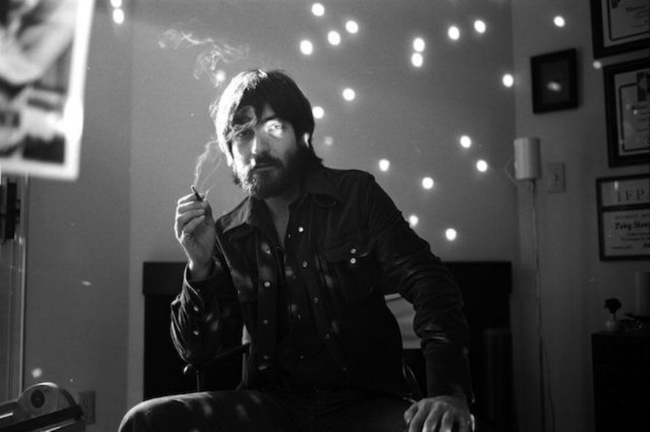Burt Reynolds (1936 - 2018)
Burt Reynolds saw his greatest box office success during the seventies and early eighties, with movies such as Smokey and the Bandit and The Cannonball Run. I was aware of both these movies at the time of their release but was more enamoured with the sci-fi boom that followed in the wake of Star Wars, so was somewhat indifferent to them at the time. However, the release of Sharky’s Machine in 1981 put Burt Reynolds squarely on my radar. As a teenager I was already catching up with a lot of the major action movies from the previous decade such as Clint Eastwood’s Dirty Harry and its sequels. Sharky’s Machine was an extremely gritty, hard edged cop drama, directed and starring Burt Reynolds and it was a notable change of role for him. It left a marked impression upon me at the time, not only due to it’s strong action scenes, but because of Reynolds compelling and nuanced performance. For me, it remains his best movie, showcasing his dramatic range and directing skills.
Sadly, it was not to be replicated in his future work. After years of playing light comedies and caper movies, Reynolds struggled to catch up with the lucrative action genre. He appeared in a string of cop movies that were very old school compared to the likes of 48 Hrs and Lethal Weapon. Stick (1985) and Heat (1986) and Rent-a-Cop (1987) never really gained any significant traction at the box office or with younger audiences. In an attempt to adapt to the sort of action vehicle that usually starred the likes of Norris or Schwarzenegger, Reynolds starred in the 1987 action thriller Malone. Although extremely derivative, it was lifted above the average by his strong performance as a troubled government operative running from his past. Malone certainly has a more than passing similarity to the great Alan Ladd movie Shane (1953). Yet a decade later, after slowly slipping from the Hollywood A list, Reynolds re-invented himself and made a significant return in the movie Boogie Nights (1997).
Reynolds cinematic persona was very much shaped by the era in which he saw the most success. The roguish, good ‘ole boy, with a heart of gold was both a boon and a bane for him, along with the traditional “man’s man” label that he was saddled with. It certainly contributed to his type-casting and impeded his transition into broader roles later in his career. Despite being one of the biggest box office stars of the seventies and eighties, his six-decade career had its share of misfires and wrong decisions. Not only did he pass on James Bond, he also turned down Die Hard. Yet, despite never fully finding the critical acclaim that he deserved, Reynold’s remained one of Hollywood’s most loved and congenial old school stars. His talent and versatility as an actor are present in his body of work for those that care to look a little closer. He was a true cultural icon and one of the last Hollywood stars in the traditional sense.












